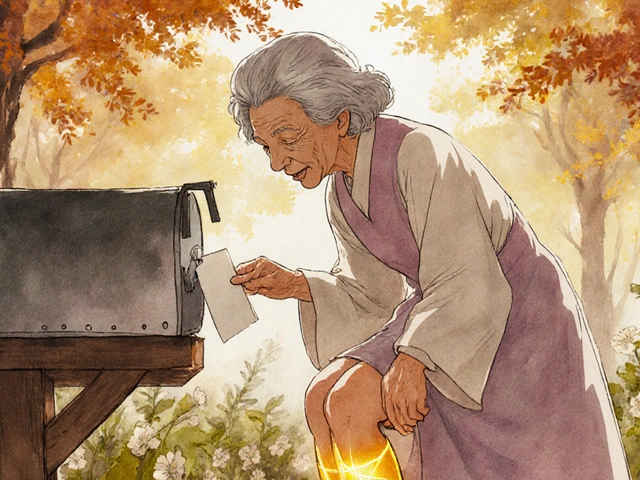Warfarin and Alopecia: Quick Answers for You
If you or someone you know is on warfarin, you might have noticed more hair on your brush than usual. That extra hair can be alarming, but it’s not a mystery. Warfarin, a common blood thinner, can affect hair growth cycles, leading to temporary thinning or patchy loss. Below we’ll break down why this happens, what to look for, and how you can cope without stopping your medication.
Why Warfarin Can Trigger Hair Loss
Warfarin works by blocking vitamin K‑dependent clotting factors. In doing so, it also interferes with the nutrients that help hair stay strong. The drug may push hair follicles into the “resting” phase (telogen) faster than normal. When many follicles enter this phase together, you see a sudden shedding of strands—often called telogen effluvium. The good news is that this type of loss usually reverses once your body adjusts.
Spotting the Signs Early
Hair loss from warfarin often shows up a few weeks to months after starting the medication. Look for diffuse thinning across the scalp rather than isolated bald spots. If you notice more hair on your pillow, in the shower, or on your comb, that’s a clue. It’s also common to see thinning on the crown or at the hairline. Keep a short diary of when you started warfarin and any changes in hair density—that helps your doctor see the pattern.
Don’t panic if the shedding is mild. Most people experience just a few extra hairs each day. However, if you see large clumps or a sudden, dramatic change, reach out to your healthcare provider. They can confirm whether warfarin is the cause or if another factor—like stress, a new vitamin, or an illness—is at play.
When you talk to your doctor, be ready to discuss the dosage you’re on and any recent lab results. Sometimes a small dose tweak can ease the hair loss without compromising the anti‑clotting effect. Your doctor may also suggest a short trial of a different anticoagulant if the hair loss is severe and persistent.
In the meantime, support your hair with gentle care. Skip harsh shampoos, limit heat styling, and avoid tight hairstyles that pull on the scalp. A balanced diet rich in protein, iron, zinc, and biotin can give follicles the nutrients they need while warfarin is doing its job.
Supplements can be tricky with warfarin because some, like high‑dose vitamin K or certain herbal extracts, can interfere with its effectiveness. Always check with your pharmacist before adding anything new. A modest multivitamin that avoids vitamin K is usually safe, but your provider will give the final say.
Remember, stopping warfarin on your own is risky. The medication protects you from dangerous clots, and abrupt changes can lead to serious complications. Any adjustment should be guided by a professional who can monitor your INR (International Normalized Ratio) levels closely.
To sum up, warfarin‑related alopecia is typically temporary and manageable. Keep an eye on shedding patterns, talk openly with your doctor about dosage or alternative options, and treat your hair gently. With the right approach, you can stay safe from clots while keeping your mane healthy.






